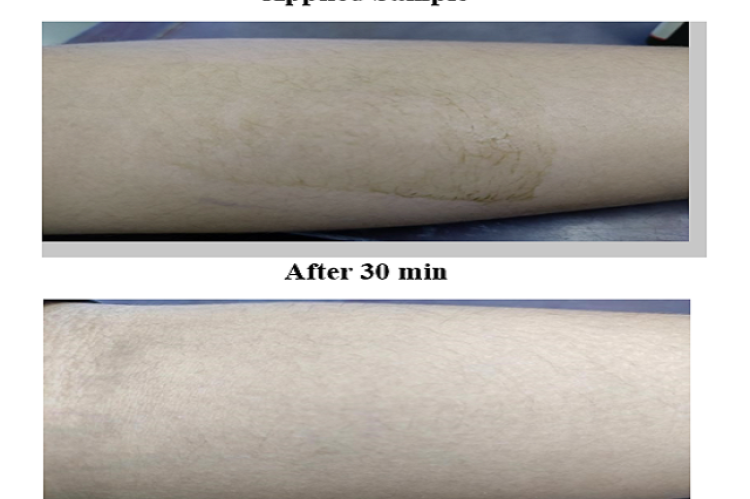Microbes and diseases are most commonly transmitted through the hands. Microbial infections have an impact on the skin, which is one of the most important parts of the body. The prevention of communicable diseases and the defence of the skin from hazardous germs depend on regular hand washing. The current study aims to create a polyherbal handwash using a variety of herbal plants, including Albizia amara (Arapp), Hibiscus rosa- sinensis (Hibiscus), and Ocimum basilicum (Sweet basil). Three formulations of a polyherbal hand wash were created, and the formulations appearance, color, odor, pH, viscosity, foam height, and foam retention duration were assessed. The agar plate method was used to evaluate the antibacterial efficacy of the three hand wash formulations against Staphylococcus aureus, Klebsiella pneumoniae, Escherichia coli, and Staphylococcus mutans. The zone of inhibition measured demonstrated a considerable antibacterial effect of the polyherbal hand wash as it significantly inhibited bacterial growth in culture plates, according to its activity. It did not cause skin irritation. Consequently, these plant ingredients can be used to make Polyherbal hand wash on a commercial basis.
View:
- PDF (1.14 MB)


